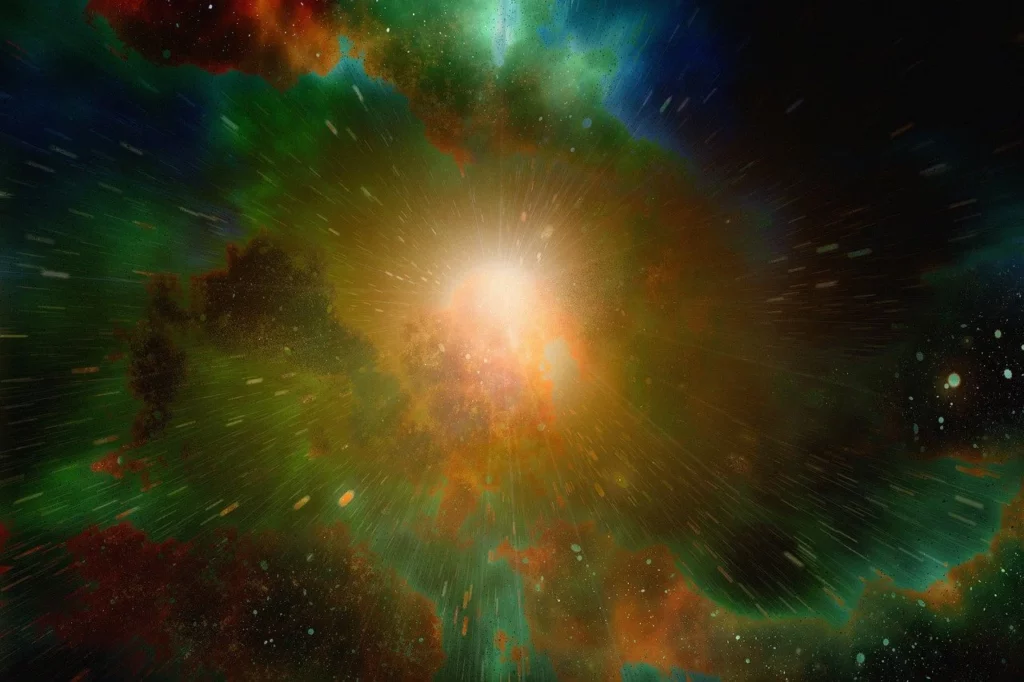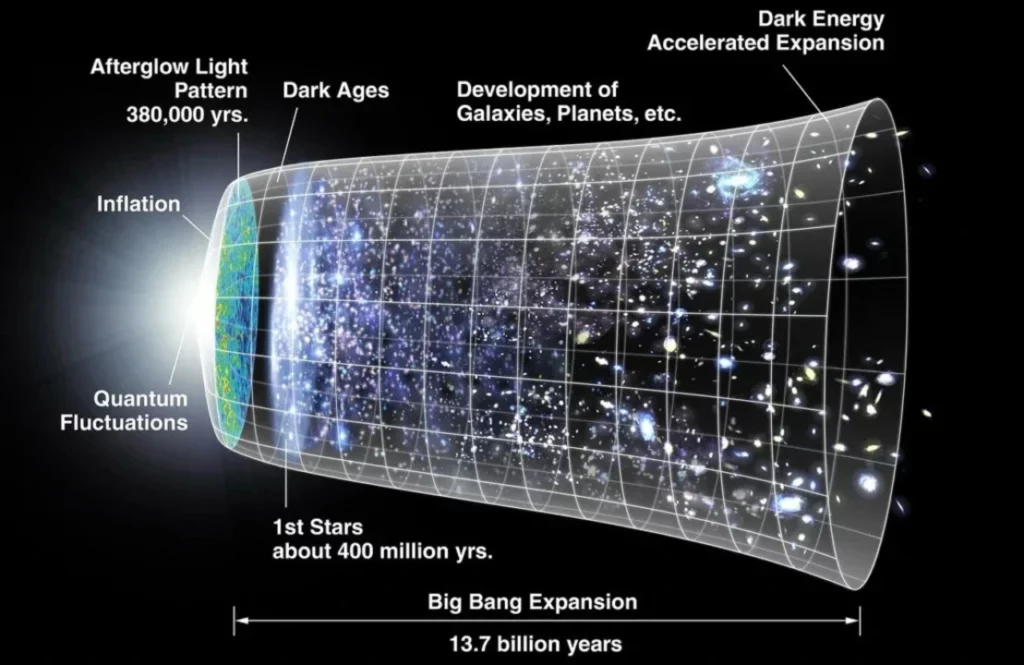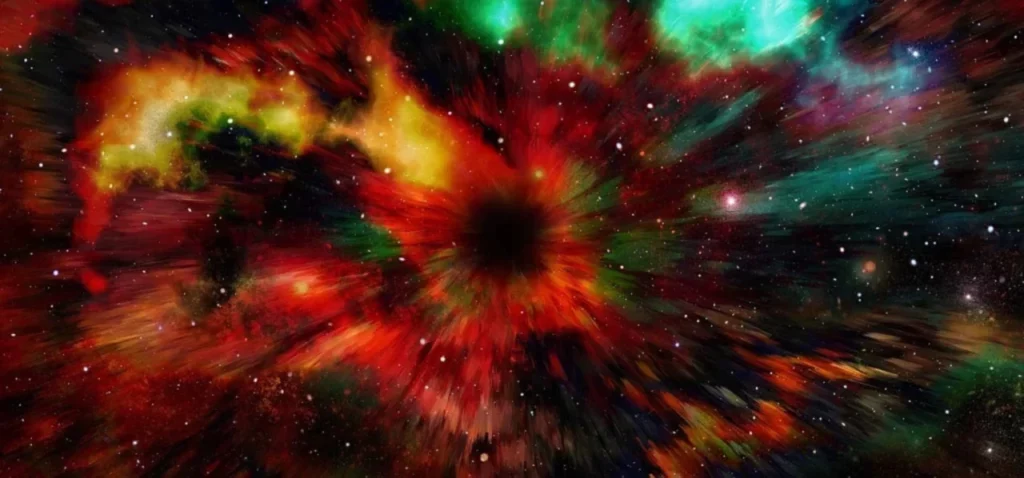What is the Big Bang? Unveiling the Secrets of the Universe's Birth

In the farthest corners of cosmic vastness, countless millennia ago, an event unfolded that redefined reality itself. The Big Bang, a term that has captivated the imagination of scientists, philosophers, and astronomy enthusiasts alike, transcends its mere designation; it holds the key to unraveling the origins of the universe. On this exhilarating intellectual journey, we will delve into the core elements of the Big Bang, from its foundational concepts to the most pressing questions that continue to challenge experts. Get ready for an enthralling tour through the birth of the cosmos!
Decoding the Big Bang
At the heart of our exploration lies the Big Bang, the theory positing that the universe we inhabit had a spectacular beginning around 13.8 billion years ago. Before this momentous event, all the matter and energy of the cosmos were concentrated in a point of infinite density and unimaginable temperature. In a cosmic blink, this massive singularity underwent a sudden and rapid expansion, giving rise to space, time, and the matter that constitute our universe.
Perpetual Expansion: Universe in Evolution

Following the colossal explosion of the Big Bang, the universe embarked on an expansion that continues to this day. Envision space as a canvas being stretched endlessly, with galaxies, stars, and planets moving away in all directions. This phenomenon is underpinned by Hubble's Law, an empirical rule discovered by astronomer Edwin Hubble in the 1920s. The observation of distant galaxies revealed they were receding from us at speeds proportional to their distance, thus substantiating the Big Bang theory and transforming our understanding of the cosmos.
The Initial Imprint: Cosmic Microwave Background Radiation
One of the most valuable legacies of the Big Bang is the Cosmic Microwave Background Radiation, often abbreviated as CMB. This radiation, a form of electromagnetic energy, permeates all of space and originates from the universe's earliest moments. Its discovery in 1965 provided robust evidence for the Big Bang theory and enabled scientists to study the primordial conditions of the cosmos. The uniformity of this radiation in all directions is a cornerstone of the prevailing cosmological model.
Unveiling the Unknown: FAQs About the Big Bang

What existed before the Big Bang?
This question stands as one of the most intriguing and challenging queries that remain without a definitive answer. According to the Big Bang theory, time and space as we understand them began at the moment of the event. Consequently, discussing "before" the Big Bang might be a concept out of place. Some theories hint at the existence of prior universes or additional dimensions, but these ideas remain hypothetical and require further investigation.
How can we be sure the Big Bang happened?
Certainty about the Big Bang stems from a broad and robust array of evidence. The observed expansion of the universe, the Cosmic Microwave Background Radiation, the abundance of light elements like hydrogen and helium, and the distribution of galaxies in the cosmos are just a few of the pillars supporting this theory. Additionally, computer simulations and particle physics experiments have further bolstered the notion of the Big Bang.
What caused the Big Bang?
The root cause of the Big Bang still resides within the realm of scientific unknowns. The theory itself does not address the underlying cause, as it focuses on events following the primordial explosion. Certain theories propose the existence of a multiverse, where our universe is just one of many, or quantum fluctuations in the fabric of spacetime. Nonetheless, these ideas remain conjectures and demand further exploration.
Conclusion
In the vast symphony of the cosmos, the Big Bang constitutes the overture, the moment when the foundational elements of space, time, and matter began to weave the fabric of our existence. While questions persist and mysteries endure, the Big Bang theory prevails as the primary model for unraveling the universe's origins. As scientists continue probing the depths of space and time, it's exciting to consider how our current perceptions might expand and evolve in the future. With minds open to the wonders of the cosmos, let's continue exploring, questioning, and unveiling the enigmas of the Big Bang and beyond.
Reference:
Deja una respuesta

IMPRESCINDIBLES DE LA SEMANA